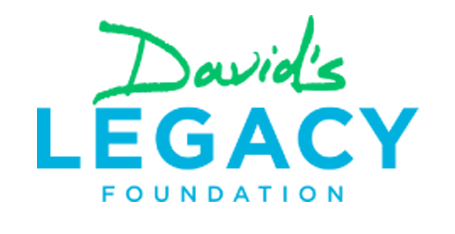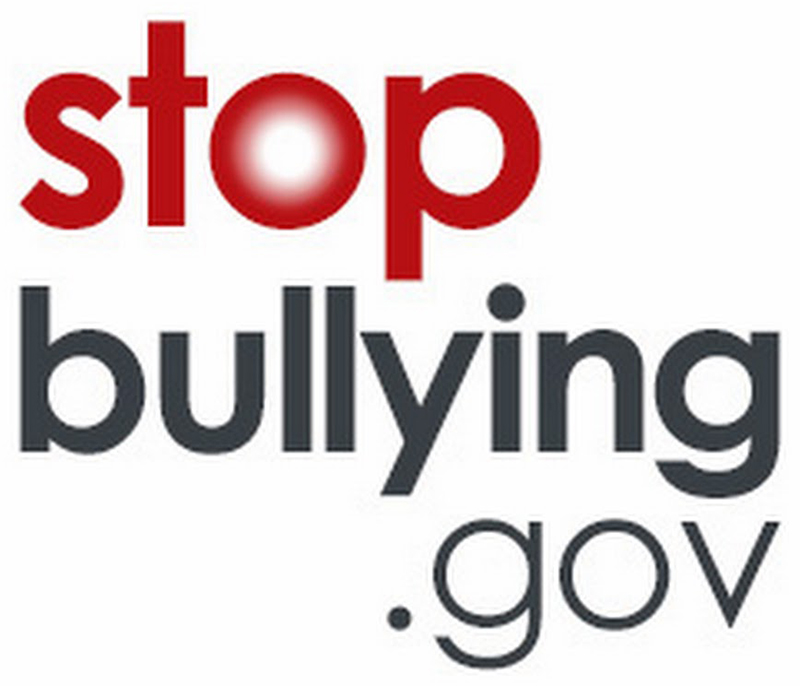TxSSC
Bullying
Bullying is an intentional act, and its effects are devastating. Although bullying and harassment can take place at almost any age and in any career field, it most often takes place during junior high and high school years. Bullying has certain markers for it: a power imbalance (perceived or real), an intent to harm, and threat for further aggression.
Imagine a National Geographic video of a lion hunting for prey. The lion singles out one zebra and tries to separate it from the group. Sometimes the lion targets a baby, injured, or older zebra because it feels it will be more successful in separating it from the group. Then it attacks.
One of the reasons why bullying is so prolific in junior high and high schools is because there are unique peer dynamics at these ages. Peer perception, being liked by their peers, and being included are very important to most young people. They want to be perceived as popular, smart, funny, pretty, or handsome.
When someone bullies someone else, they often make excuses such as “they deserve it” or “I was only kidding” to justify their behavior. Before social media, bullying was almost always done physically; for example, pushing someone down the stairs or into lockers. However, with the internet and social media, cyberbullying can now take place 24/7 and there is no reprieve from it. Since it is no longer face-to-face, a person who bullies does not see how their actions impact someone; they do not see the face behind the screen. They can text, “I hope you die,” and remain relatively detached from the reactions and harm they cause. People who bully aren’t strong, popular, or cool. They are people who look to target those they see as weaker in some way to make themselves feel better.
Bullying can be done by one person or by several people. Sometimes the target of the bullying knows who the bully is, and sometimes it is done anonymously. Types of bullying can include, but are not limited to:
- Cyber: Using the internet, social media, or technology to threaten, harass, or hurt others.
- Verbal: Using words to bully, such as name calling, insulting or demeaning comments, taunting, threatening, or embarrassing others.
- Social: Using social standing to indirectly bully someone, such as purposely leaving one person out of the group, turning others against them, or spreading rumors and hurtful gossip.
- Physical: Using physical interactions to bully, such as hitting, kicking, pinching, spitting, tripping, pushing, taking or breaking property, or making rude gestures.
The legal definition of bullying has been expanded in the following way:
- Can consist of all communication (direct, indirect, cyberbullying fake profiles, photoshopping photos, fake profiles, or photos).9
- Includes off-campus actions and communications that that interfere with a student’s educational opportunities, or significantly disrupts the school environment.10
- No longer has to be a pattern, can be one significant act.11
- Authorities may be notified, and all students’ parents or guardians must be notified.12
Harassment
In 2017, Texas added bullying behavior to the harassment statute.13 Harassment has a broad definition in Texas and includes, but is not limited to, threats to cause harm to a person or to commit a felony against them, their family, or their property. It also includes electronic communications, for example, using cell phones, social media, instant messages, internet websites, or other forms of electronic communication to harass someone. Criminal consequences for harassment are usually a Class B misdemeanor but cyberbullying behavior can be a Class A misdemeanor if:
- the person has previously been convicted under the harassment statute.
- the person acts with the intent for a young person to die by suicide or behavior causing serious bodily injury to that young person. This can also be known as “suicide baiting.”
- the person violates an injunction and/or temporary restraining order under David’s Law.
Children between the ages of 10-16 have their cases heard before a juvenile court judge which can result in “adjudications of delinquency” where the focus is on providing help for the child. A young person aged 17 or older can be charged as an adult. However, for very serious crimes, young people aged 14 and older can be tried and sentenced as adults. Furthermore, telling someone to kill themselves which results in a death by suicide or serious bodily injury from a suicide attempt can result in the perpetrator being charged with a state jail felony.14
The two primary elements of harassment are:
- The intent of the perpetrator, which means the person committing the act has the desire or goal to “harass, annoy, alarm, abuse, torment, or embarrass” another person.
- The harassing behavior itself.
Examples:
- Repeatedly asking for nude pictures or videos through text or social media.
- Posting “I am going to break your legs” on a person’s Instagram.
- Calling someone to tell them you will steal their cell phone and anything else of value from their home or locker.
- Direct messaging a person on their social media account saying they should kill themselves.
Requirements of Schools
You should know, for your protection, that Texas Education Code 37.0832 requires school districts to adopt a policy that prohibits in school or out of school bullying, prohibits retaliation against a person who reports bullying, and establishes a procedure for students to anonymously report any incidences of bullying.
Schools are required to investigate all reports of bullying. However, they can’t investigate what they don’t know about. Some young people are hesitant to report bullying because they believe nothing will be done about it. Schools have a legal responsibility to keep certain things confidential, so even if it looks like the person who is bullying others isn’t facing consequences, that doesn’t mean it’s true.
What You Can Do About It
Albert Einstein is quoted as saying, “If I were to remain silent, I’d be guilty of complicity.” In other words, you are accepting of the bullying behavior because you didn’t intervene to stop it in any way. If you witness bullying and do nothing about it, you are known as a “bystander.” An “upstander” is someone who witnesses bullying and chooses to intervene, either directly or indirectly. Be an upstander. In most cases, bullying stops when someone intervenes.
Every person has different comfort levels in what they do when they witness or experience bullying. There are two types of intervention: direct intervention and indirect intervention.
Direct intervention includes things like calling out bullying when you see it occurring. For example, “Evan, do not say that about her. It is not true. If you don’t stop spreading rumors about her, I will tell someone.” This can be done online as well.
Indirect intervention includes things like using the school’s anonymous reporting system to report what happened. Another way to indirectly intervene is by speaking to the person being bullied and saying, “I saw what he did. I am so sorry that is happening. Do you want me to tell someone?” Other indirect interventions include ensuring the person being bullied isn’t alone; for example, sitting with them at lunch or walking with them in the hallways. Also helpful is telling your parent, teacher, or another trusted adult when you see bullying or cyberbullying occurring.
It can take courage to intervene. Ask yourself, “what can I live with?” Can you live with doing nothing and the consequences that follow? Doing nothing makes you complicit with the bullying behavior, and you may have to live with what happens as a result. Reporting the behavior or intervening in other ways makes a difference to the person who is being bullied, even if you don’t believe things will change.
Social Predators
Social predators are exploiters and users. A “predator,” by definition, refers to “someone who follows people in order to harm them or commit a crime against them”15 and as “one who injures or exploits others for personal gain or profit.”16
Are you a social predator? Do you know someone who is a social predator?
A social predator is someone who...
- always strives to win rather than be part of the group.
- is fiercely competitive at all times and who fails to understand the difference between pro-social and abusive behavior.
- justifies lying, conniving, smear campaigns, breaking trust, and will say or do anything to win a desired response.
- uses charm and manipulation to get what they want from others, including family, friends, or co-workers.
- changes how they act in order to stay out of trouble.
- belittles friends, in front of them or behind their backs.
- when called out for their behavior, they claim they were “just kidding,” or that other people are just too sensitive.
Bullying Resources
If you or someone you know is experiencing bullying or harassment, then talk with your parent, family member, teacher, counselor, or another trusted adult.
You can also call the 988 Suicide and Crisis Lifeline by dialing 988. Even though it is a suicide lifeline, they want people to reach out if they are in distress. They also provide prevention and crisis resources.
Another resource is the Texas Youth Hotline at 800-989-6884.
If you are a parent or guardian, additional resources can be found on the Texas Education Agency’s Internet Safety page and the Office of Attorney General’s Cyber Safety page.

David’s Legacy Foundation is “a non-profit organization dedicated to eliminating cyber and other bullying, of children and teens, through education, legislation, and legal action.”17

Stopbullying.gov. Although currently no federal law directly addresses bullying, in some cases, bullying overlaps with discriminatory harassment when it is based on race, national origin, color, sex, age, disability, or religion. When bullying and harassment overlap, federally-funded schools must resolve the harassment. When the situation is not adequately addressed, the U.S. Department of Education’s Office for Civil Rights and the U.S. Department of Justice’s Civil Rights Division may be called in.19
References
9Texas Education Code 37.0832(a)(1)(A)
10Texas Education Code 37.0832(a-1)(3)(A) and (B)
11Texas Education Code 37.0832(a)(1)(A)
12Texas Education Code 37.0151(a) and Texas Education Code 37.0832(c)(4)
13Harassment Definition – Texas Penal Code 42.07
15Cambridge Dictionary – https://dictionary.cambridge.org/us/dictionary/english/predator
16Merriam-Webster Dictionary – https://www.merriam-webster.com/dictionary/predator
17David’s Legacy - https://www.davidslegacy.org/
19StopBullying.gov - www.Stopbullying.gov